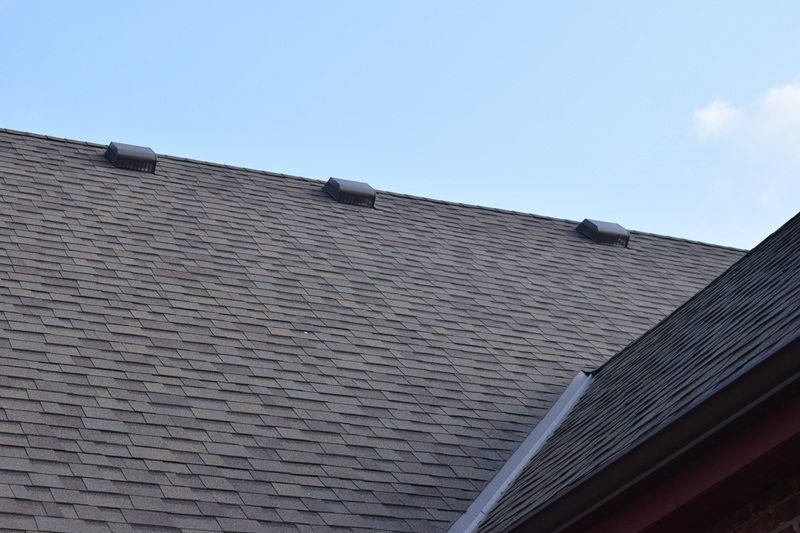Roofing squares, the industry’s standard unit of measurement, help quantify roof area, enabling accurate material calculation and cost estimation. This standardized approach allows homeowners and contractors to precisely budget for materials and labor while facilitating effective communication throughout the project. This guide explains roofing squares, provides accurate measurement techniques, and addresses our most frequently asked questions, equipping you with essential knowledge for making informed roofing decisions.
What is a Roofing Square
A roof square is a measurement unit used in roofing to quantify roof area.
How Many Feet in a Roofing Square?
One roof square equals 100 square feet (approximately 9.29 square meters). Roofing contractors typically measure roof area in squares rather than square feet to simplify calculations for materials and labor costs.
When estimating a roofing job, contractors convert the total roof area to squares by dividing the square footage by 100. For example, a 2,000 square foot roof would be described as a “20-square roof.” This standardized unit allows for easier communication between contractors, suppliers, and clients regarding material quantities and project scope.
Roofing materials like shingles are often sold by the square, with bundles typically covering one-third of a square. Therefore, you would need three bundles of standard shingles to cover one roof square. Other roofing components like underlayment and flashing are also calculated based on the number of squares in a project.
Accurate Roof Measurement for Squares
Calculate your roof’s square count by dividing its total square footage by 100.
Measure each roof section from ground level. For rectangles, multiply length by width. For triangles, multiply base by height and divide by 2. Break irregular areas into simpler shapes and calculate separately.
Sum all section measurements for total area. Apply pitch multiplier to account for slope (steeper roofs need higher multipliers—4/12 pitch ≈ 1.05, 12/12 pitch ≈ 1.42).
Divide adjusted square footage by 100 for square count (e.g., 2,350 sq ft = 23.5 squares). Add 10-15% for waste and overlaps.
For precision, consider hiring a professional roofer who can safely measure and account for all architectural features.
Frequently Asked Questions About Roofing Squares
Why is it important to know how many squares my roof has?
Knowing how many squares your roof has is essential for accurate cost estimation, material purchasing, and project planning during roof work. This measurement determines the quantity of shingles, underlayment, and other materials needed, directly impacting your budget and preventing wasteful overbuying or costly shortages. Roofing contractors use squares to calculate labor costs, as larger roofs require additional time and workforce. Understanding your roof’s square footage helps when comparing contractor quotes, ensuring you receive fair estimates, and when discussing your project with insurance companies for coverage or claims. Without this knowledge, you risk unexpected cost overruns, project delays, and potentially compromised installation quality.
What factors affect the number of squares in a roof?
The number of squares in a roof is primarily determined by the total surface area, which is affected by several key factors: the building’s footprint dimensions (length and width), roof pitch (steeper pitches have more surface area), roof complexity (including dormers, valleys, and multiple planes), architectural features (such as turrets or skylights), overhangs and eaves extending beyond the main structure, and any additional roof elements like garages or porches. A simple rectangular ranch-style home will have fewer squares than a comparably sized home with a complex roof design featuring multiple dormers, valleys, and varying pitches, as each of these elements increases the total roof area that must be covered with materials.
Can I measure my roof from the ground?
Measuring your roof from the ground is possible but yields only approximate results. You can measure your home’s perimeter, calculate the footprint area, and then apply a pitch multiplier to account for the slope (about 1.05-1.15 for standard pitches, higher for steeper roofs). For better accuracy without climbing onto your roof, consider using satellite imagery tools like Google Earth or specialized roofing apps that provide aerial measurements. However, these methods will not account for architectural complexities like dormers, varying pitches, or overhangs, so for precise measurements needed for material estimates or replacement projects, it is best to have a professional roofer perform an in-person assessment with proper safety equipment.
Is Your Home Ready for a Roof Replacement?
As a GAF Master Elite Roofer, we uphold the industry’s highest standards, allowing us to deliver premium products and exceptional roof replacement services. When you choose our team, you are guaranteed superior craftsmanship and quality that stands the test of time.
We install high-quality GAF architectural asphalt shingles, renowned for their exceptional durability and aesthetic appeal. These premium shingles enhance your home’s curb appeal while providing robust protection against harsh weather conditions. With diverse styles and colors available, you can find the perfect match for your home’s exterior design.
Ready to invest in your home’s protection with a reliable, long-lasting roof? Contact us today at 844-DaBella. Our experts will assess your roof’s current state and provide personalized recommendations for your specific situation. Do not wait—secure your home with a roof built to endure.

